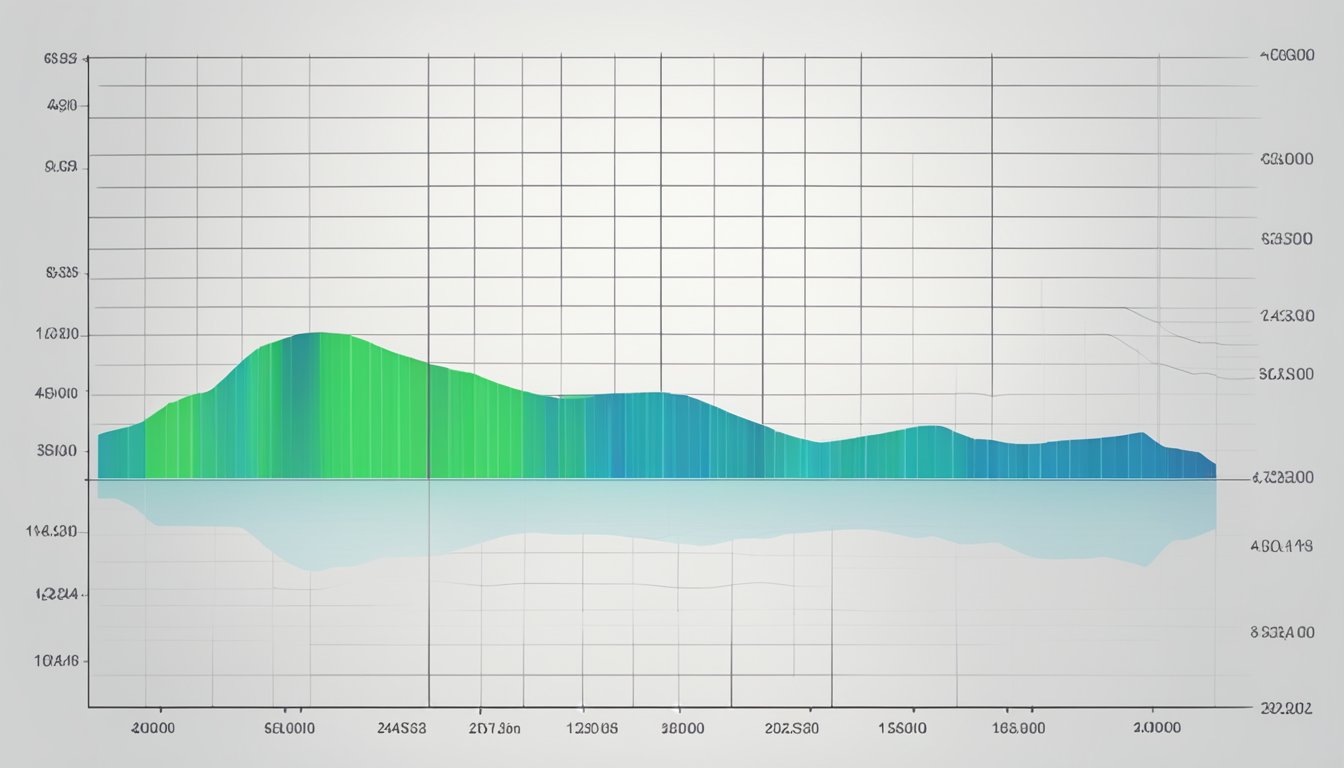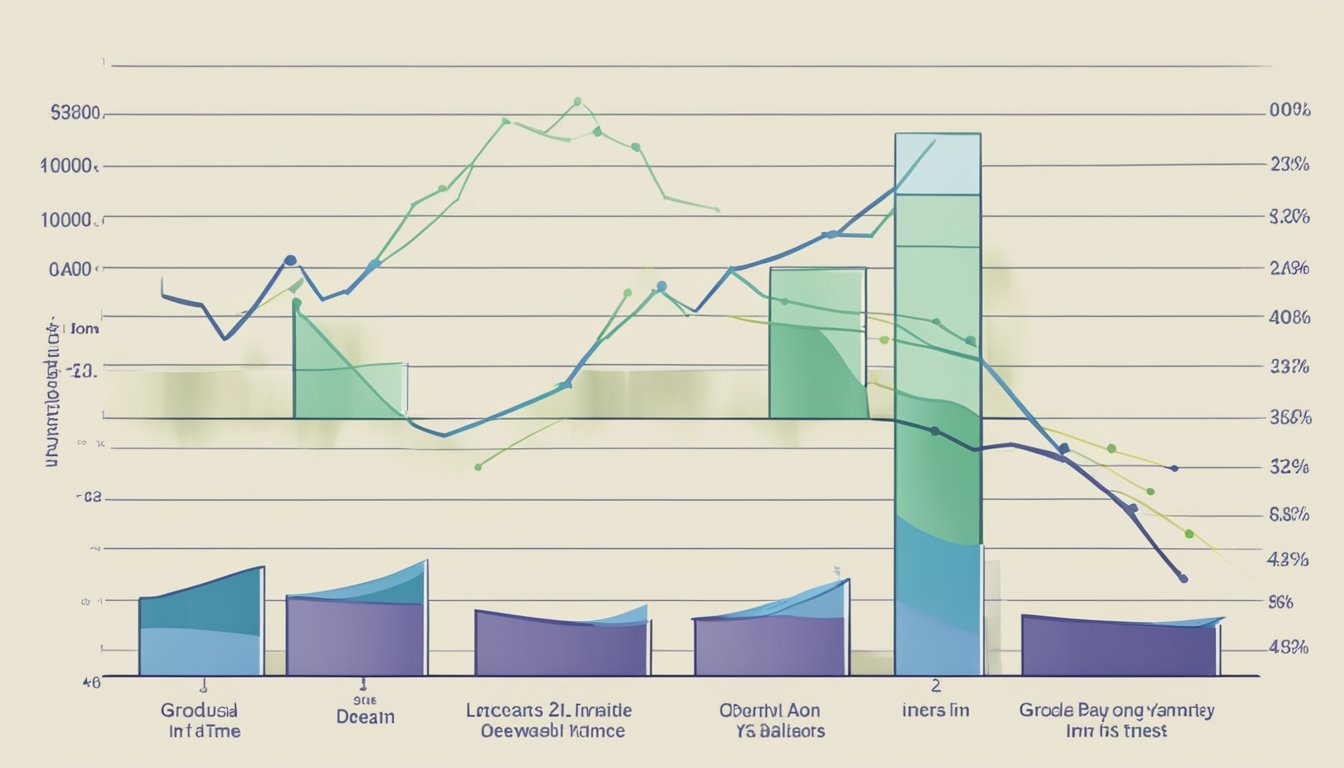
If you’re considering taking out a personal loan, it’s important to understand how the loan’s amortization process works. Amortization is the process of paying off your loan over time through a series of fixed payments. These payments are made up of both principal and interest, and the amount of each payment is calculated based on the loan’s interest rate, term, and other factors.
Understanding Amortization of Personal Loans:
When you take out a personal loan, the lender will provide you with a repayment schedule that outlines each payment you’ll need to make over the life of the loan. Each payment will be divided into two parts: the principal, which is the amount of money you borrowed, and the interest, which is the lender’s fee for lending you the money. As you make your payments, the amount of each payment that goes towards the principal will increase, while the amount that goes towards interest will decrease. This process is known as amortization.
Strategies for Loan Repayment:
If you’re looking to pay off your personal loan faster, there are a few strategies you can use. One common strategy is to make extra payments towards the principal whenever you can. This will help you pay off your loan faster and reduce the amount of interest you’ll pay over the life of the loan. Another strategy is to refinance your loan to a lower interest rate, which can help you save money on interest and pay off your loan faster.
Key Takeaways
- Amortization is the process of paying off your loan over time through a series of fixed payments.
- Each payment is divided into two parts: the principal and the interest.
- Strategies for paying off your loan faster include making extra payments towards the principal and refinancing to a lower interest rate.
Understanding Amortization of Personal Loans

If you’re considering taking out a personal loan, it’s important to understand how amortization works. Amortization is the process of paying off a loan over time with regular payments. In this section, we’ll explain the basics of amortization, how an amortization schedule works, and the impact of interest rates on amortization.
The Basics of Amortization
When you take out a personal loan, you’ll receive a lump sum of money that you’ll need to pay back over time. The loan amount, term, and interest rate will determine your monthly payments. Amortization is the process of paying off the loan over time with regular payments.
Each payment you make will go towards paying off a portion of the loan amount (principal) and paying the interest that has accrued on the loan. At the beginning of the loan term, most of your payment will go towards paying off the interest, but as time goes on, more of your payment will go towards paying off the principal.
Amortization Schedule Explained
An amortization schedule is a table that shows you how much of each payment goes towards paying off the principal and how much goes towards paying off the interest. It also shows you how much of the loan you still owe after each payment.
An amortization schedule can be useful for understanding how much you’ll pay in total interest over the life of the loan. It can also help you see how much you’ll owe at different points in time. You can use an amortization calculator to create an amortization schedule for your personal loan.
Impact of Interest Rates on Amortization
The interest rate on your personal loan will have a big impact on your monthly payments and the total amount of interest you’ll pay over the life of the loan. A higher interest rate will mean higher monthly payments and more total interest paid.
It’s important to shop around for the best interest rate when you’re looking for a personal loan. Even a small difference in interest rate can make a big difference in the total amount you’ll pay for the loan.
In conclusion, understanding how amortization works is important when you’re considering taking out a personal loan. Make sure you understand the loan amount, term, and interest rate, and use an amortization calculator to create an amortization schedule. By doing so, you can make an informed decision about whether a personal loan is right for you.
Strategies for Loan Repayment

When it comes to repaying your personal loan, there are several strategies you can use to pay off your debt faster and save money on interest. Here are some effective strategies you can use to repay your loan:
Making Extra Payments
One of the most effective ways to pay off your personal loan faster is by making extra payments. By paying more than the minimum monthly payment, you can reduce your principal balance and save money on interest. You can make extra payments by increasing your monthly payment or making a lump sum payment when you have extra cash.
Choosing the Right Loan Term
Choosing the right loan term can help you save money on interest and pay off your loan faster. A shorter loan term means you’ll pay less interest overall, but your monthly payments will be higher. On the other hand, a longer loan term means lower monthly payments, but you’ll pay more interest over the life of the loan.
Debt Consolidation and Refinancing
Debt consolidation and refinancing can help you save money on interest and pay off your loan faster. Debt consolidation involves taking out a new loan to pay off your existing debts, while refinancing involves replacing your existing loan with a new one that has a lower interest rate. Both options can help you save money on interest and simplify your debt repayment process.
By following these strategies, you can pay off your personal loan faster, save money on interest, and achieve financial freedom. Remember to make extra payments, choose the right loan term, and consider debt consolidation or refinancing if it makes sense for your situation. With a little bit of effort and discipline, you can become debt-free and achieve your financial goals.
Frequently Asked Questions

How can you calculate the amortisation of a personal loan with glee?
Calculating the amortisation of a personal loan may seem daunting, but it’s actually quite simple with the right tools. You can use a loan amortisation calculator to determine the amount of each payment and how much of it goes towards the principal and interest. This will help you understand how long it will take to pay off your loan and how much interest you’ll end up paying in total.
What’s the thrilling difference between a loan’s term and its amortisation period?
The term of a loan refers to the length of time you have to repay it, while the amortisation period is the time it takes to pay off the loan in full. The difference between the two is that the term is usually shorter than the amortisation period. This means that you’ll need to make larger payments during the term to ensure that the loan is paid off by the end of the amortisation period.
Can you explain the concept of amortisation in personal finance with enthusiasm?
Amortisation is the process of paying off a loan over time through a series of regular payments. It’s an important concept in personal finance because it helps you understand how much you’ll need to pay each month to pay off your loan in full. By making regular payments, you’ll reduce the amount of interest you pay over time and build equity in the asset you’re financing.
How is an amortised personal loan different from one with simple interest, and why does it matter?
An amortised personal loan is different from one with simple interest because the interest is calculated based on the outstanding balance of the loan. This means that as you make payments, the amount of interest you pay decreases over time. With a loan with simple interest, the interest is calculated based on the original loan amount, which means you’ll end up paying more interest over time. It matters because an amortised loan can help you save money on interest and pay off your loan faster.
What are the exhilarating steps to create an amortisation schedule with a fixed monthly payment?
Creating an amortisation schedule with a fixed monthly payment is easy. First, determine the amount of your loan, the interest rate, and the term of the loan. Next, use a loan amortisation calculator to determine the amount of each payment and how much of it goes towards the principal and interest. Finally, create a schedule that shows the amount of each payment, the amount of interest paid, and the remaining balance of the loan after each payment.
Could you give an electrifying example of an amortised loan calculation?
Sure! Let’s say you take out a $10,000 loan with an interest rate of 5% and a term of 5 years. Using a loan amortisation calculator, you determine that your monthly payment will be $188.71. After 5 years, you’ll have paid a total of $11,322.60, with $1,322.60 going towards interest. By making regular payments, you’ll have paid off your loan in full and built equity in the asset you financed.




